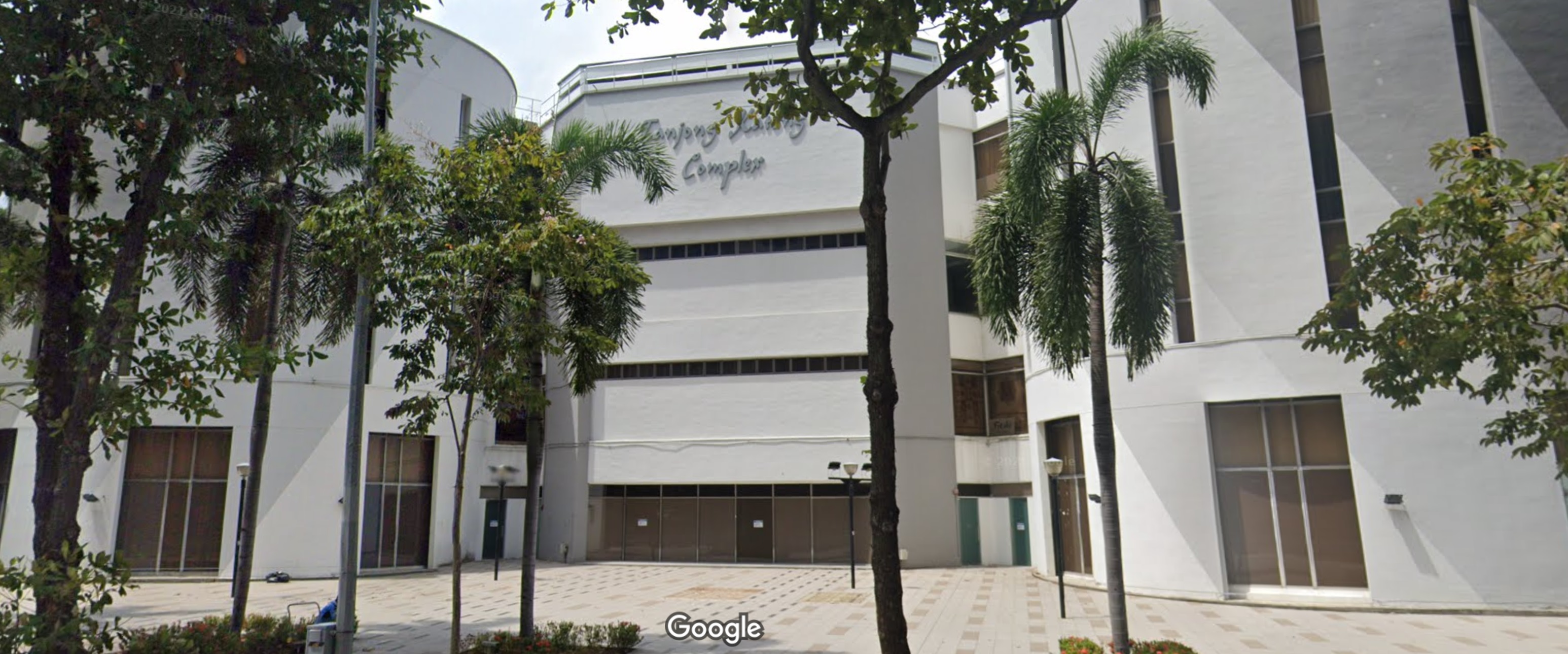I hope Tanjong Katong Complex will not become collateral damage, like a number of iconic places in a country so ruthless in its quest to become a modern world hub. The complex is undergoing a revamp in 2023. I think it will survive its original form because there seems to be a rethinking by the national planners that it is unwise to disrupt what developers recognise as the historical momentum of an area. I will come to that later.
Singapore’s early batch of planners, if they are still alive, should be summoned before a Commission of Inquiry or a live Face The Nation programme. Why did they have to destroy or allow the demolition of the National Theatre, the old National Library building, the Adelphi Hotel, Raffles Institution, Alhambra Theatre, Queen’s Theatre and the wholesale erasure of memories of early Singapore found in the three amusement parks – Happy (Gay) World, Great World and State World? What great architectural wonders or commercial developments have emerged on these sites to replace these irreplaceable parts of Singapore’s lived-in history?
We get bits and pieces of so-called regrets expressed on state-run television – usually reruns in the afternoons – by minor players as part of programmes proudly trumpeting the transformation of the island. But the whole picture of almost reckless and unforgivable destruction has not been fully presented. As the Hokkien phrase says, tan ku ku (wait long long).
While we wait for that national accounting – in Parliament, no less? — there are hopeful signs. Current master planners have recognised more and more that buildings have a life of their own. They are not just structures that we can tear down and remould like Lego pieces.
They have character and a certain connection with the people who patronise them. You snap that link, you kill the momentum. You may end up with a soulless building – nice to look at but, all said and done, just another five-cents-two (that you can buy two for five cents, meaning nondescript) building.
One or two of such iconic buildings have architectural value.
Golden Mile Complex in Beach Road/Nicoll Highway has been gazetted as a conserved building, making it the first modern, large-scale, strata-titled development to be conserved. Completed in 1973, the 16-storey building was one of the first high-rise, mixed-use developments in Singapore.
National Development Minister Desmond Lee said the government will rejuvenate parts of the city “sensitively”, considering the historical and architectural significance of buildings, the interests of building owners, the heritage community and the wider public, as well as cases when the “physical aspects” of buildings have great value.
Good. That is a major turnaround in the planners’ attitude.
Other similar developments which have both architectural heritage and community links would be People’s Park Complex and People’s Park Shopping Centre, iconic structures in Chinatown. I would put Katong Shopping Centre in this category. They were all built around the same time, together with Beauty World Centre and Beauty World Plaza in Bukit Timah.
In Queensway, rumours of the demise of Queensway Shopping Centre – which is known for its footwear shops – have turned out to be just that – rumours. It is still there.
Right where Tanjong Katong Complex is located, there has been a dramatic transformation. A second Orchard Road has sprung up. At the junction of Paya Lebar Road, Tanjong Katong Road and Changi Road, there once were only TKC and City Plaza. Now there are Kinex, SingPost Centre, Paya Lebar Quarter and Paya Lebar Square. And further down the Upper Changi Road would be bustling Geylang Serai which has a Malay ethnic character all its own.
My point is: Tanjong Katong Complex may appear overshadowed and out of place in the vicinity of all these new big developments. Paya Lebar Quarter costs $3.7 billion to build. But TKC has a clear identity. It is part of “a culturally distinct precinct” stretching from all the way to Kampong Ubi Community Club.
The complex houses shops similar to those in Joo Chiat Complex – selling Malay cosmetics, dresses, textiles and household items. The feel and look are homely, welcoming, and warm. The salespeople are infinitely patient and friendly.
Nothing is impersonal in both Tanjong Katong Complex and Joo Chiat Complex, unlike many places in the massive shopping malls elsewhere – where the bigger they are, the ruder the salesmen and women are.
Please do not change Tanjong Katong Complex too much. Treasure it. There are not too many like it in Singapore anymore.
Tan Bah Bah, consulting editor of TheIndependent.Sg, is a former senior leader writer with The Straits Times. He was also managing editor of a local magazine publishing company.
Read also:
Where is the best Nasi Lemak in Singapore? The people give their must-try stalls

